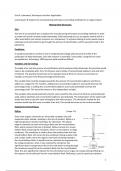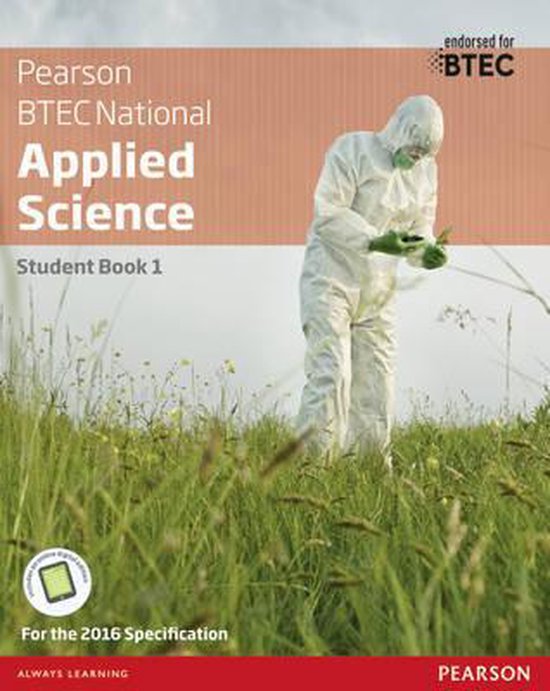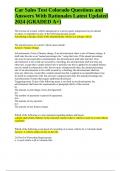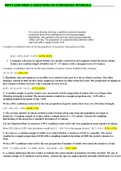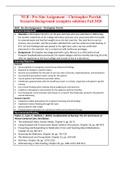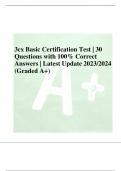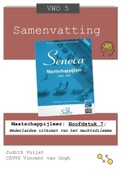Samenvatting
Summary BTEC LEVEL 3 APPLIED SCIENCE: Unit 4 Assignment B - Laboratory Techniques and their Application
- Vak
- Instelling
- Boek
Unit 4 Assignment B - Laboratory Techniques and their Application. Coursework. I also completed all of the required practicals. Hope you find it useful! If you need anymore help you can message me :) Learning aim B: Explore the manufacturing techniques and testing methods for an organic liquid ...
[Meer zien]
